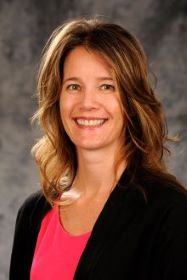Director's Letter

Fishing is a beloved pastime and, for many, a source of affordable, local food. However, potentially harmful chemicals like polychlorinated biphenyls (PCBs) and PFAS can contaminate waterways and accumulate in fish, threatening public health when those fish are eaten. The NIEHS Superfund Research Program (SRP) aims to identify how pollutants move through aquatic food chains and how local fishers can mitigate their exposure to chemicals.
SRP-funded researchers work with the most vulnerable populations, including subsistence fishers, to address concerns about contaminated fish by determining the type and quantity of contaminants in the fish they eat. Scientists engage communities in collecting samples of fish and shellfish to test for chemicals and assess exposures to contaminants among community members who eat locally caught fish. Meanwhile, others are developing strategies to remove contaminants like PCBs from water and reduce their uptake by fish, preventing human exposures.
In addition to revealing and preventing health risks associated with consuming fish from contaminated waterways, some grant recipients also collaborate with communities to develop communication materials and host outreach events to improve how risks are communicated. Researchers are helping to inform or better communicate fish consumption advisories, which help people understand what fish are safe to eat, for whom, and in what quantities. They gain valuable insights from community members about tailoring messages, and then use this knowledge to create materials like brochures, social media kits, and videos to disseminate fish consumption advisory information.
This edition highlights the efforts of SRP grants recipients to discover, communicate, and reduce the risks of consuming certain fish that may contain contaminants. Through testing and communication, SRP-funded researchers help advance safe fish consumption for all populations.
Warm regards,
Michelle Heacock, Ph.D.
Director
Superfund Research Program
to Top



